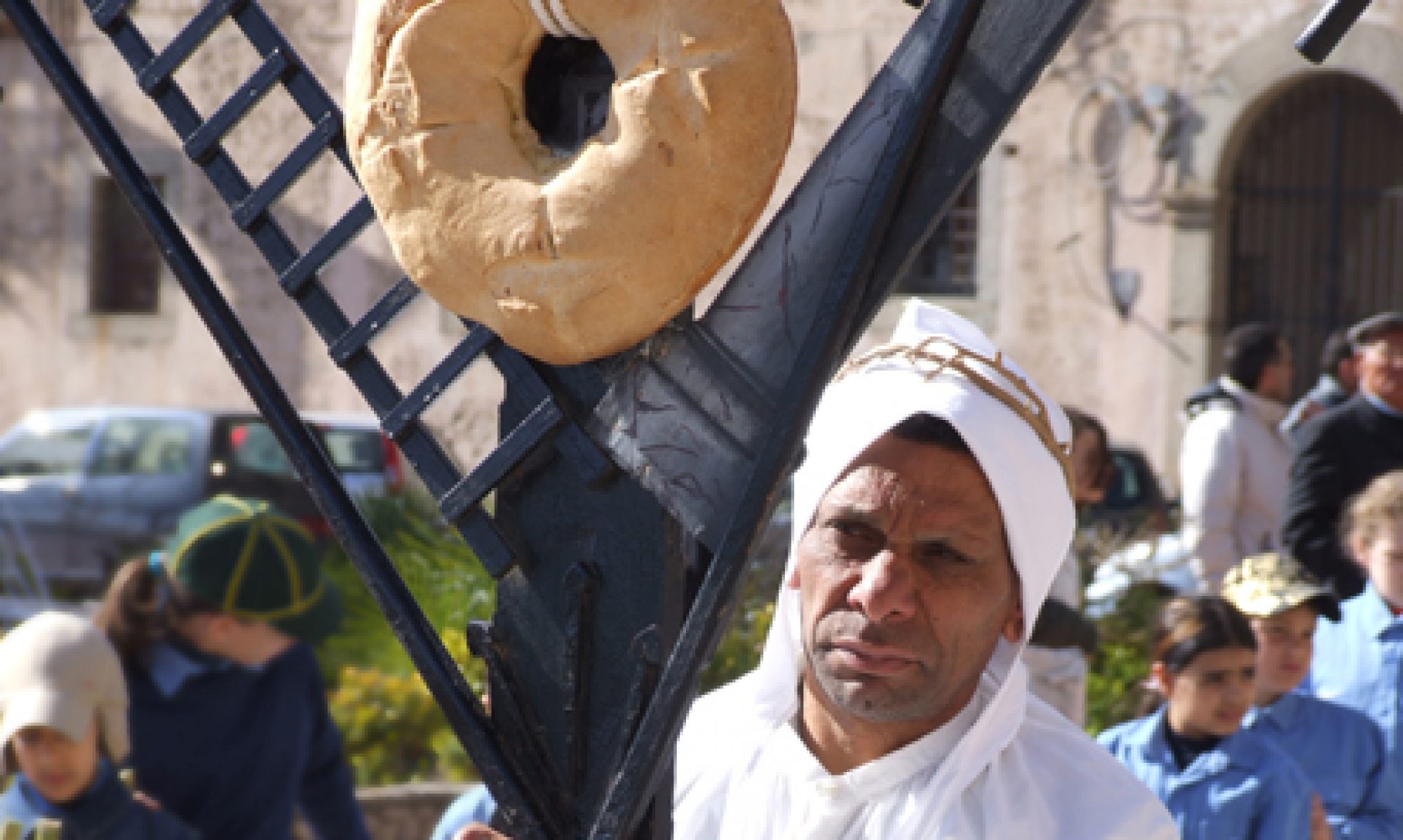Roccella Jonica
The town of Roccella Jonica still keeps the remains of its ancient history.
Roccella Jonica , which, as noted by Edwar Lear in 1847, is overlooked by an imposing castle. This marvellous town, whose economy is largely based on agriculture, shipping, fishing and tourism, has been inhabitad since protohistoric times, as evidenced by the archeological find recovered from the village of saint Onofrio, whitch date back to the late Bronze Age.
The church of San Nicola (Saint Nicholas), which was once consecrated to San Vittore (Saint Victor) likely date back to the 16th century and features a large painting dated 1667 on the wall of apse.
Toward the end of that century, in fact, it was given to the friars of Saint Francis of Paola, whose monastic structure was later suppressed by the revolutionary lawes of the French. Other points of interest include the marble altar by Francesco and Giuseppe Pisano of Sera San bruno (1763), as well as a series of statues , one of which depict Saint Francis of Paola himself.
Girolamo Carafa was the lord of Roccella till 1570. Fabrizio Carafa was appointed first Prince of Roccella in 1594.
The castle ovelooking the town of Roccella jonica, which has been thoroughly restored, was once the home of the local feudal lords, but also served as an affective defensive structure against the Turkish invasion. In fact, the town even withstood the attas of Ottoman AdmiralTurgut Reis, whose ships whereheavily damage by the castle’s cannons.
Down by the Zirgone river, visitors will find the 16th century Santuario di Maria delle Grazie ( the Sanctuary of our lady of the Graces) which has bees renovated several times.
Roccella has more recently became well known for a series of cultural events, above all its International Jazz festival, which is held every during the month of September.
